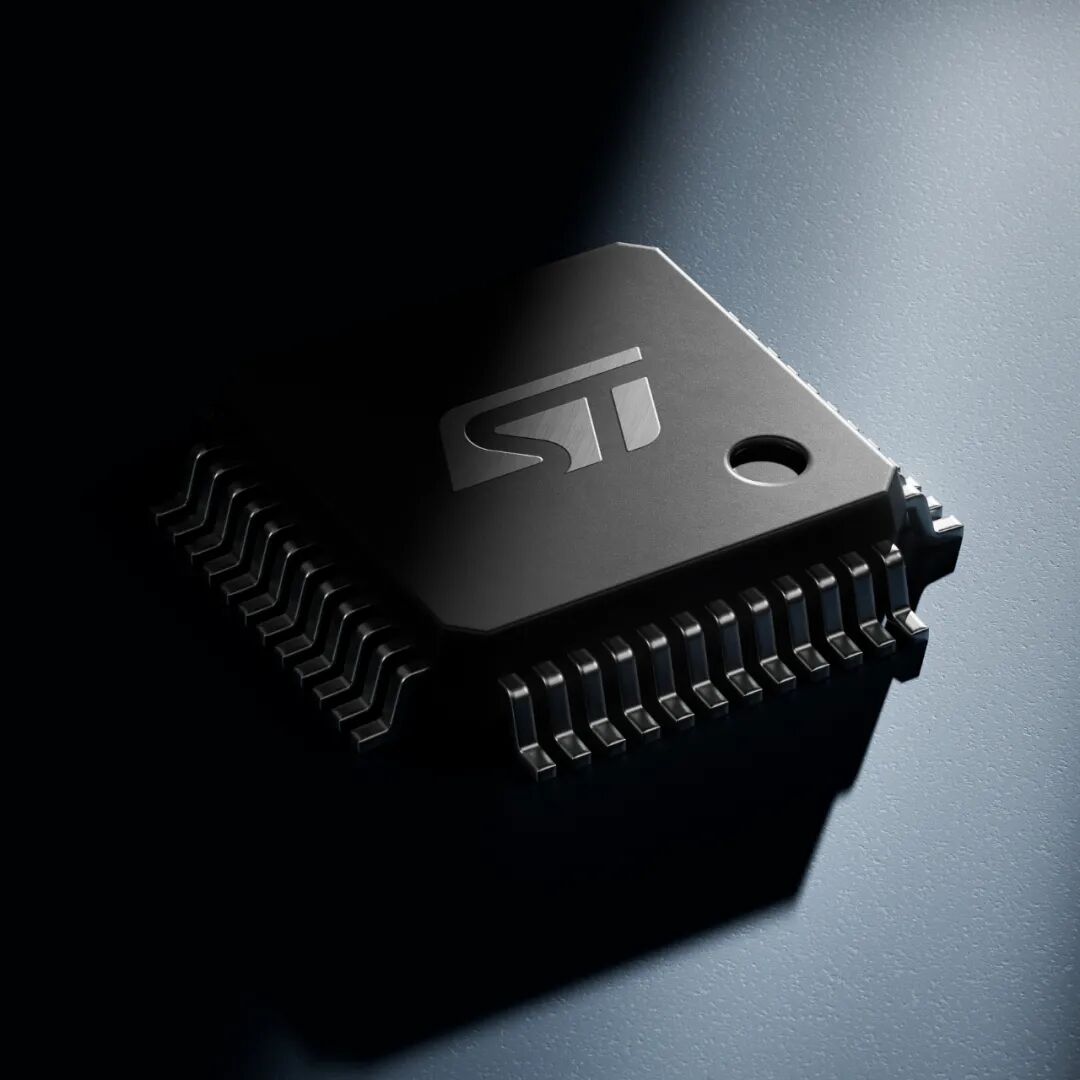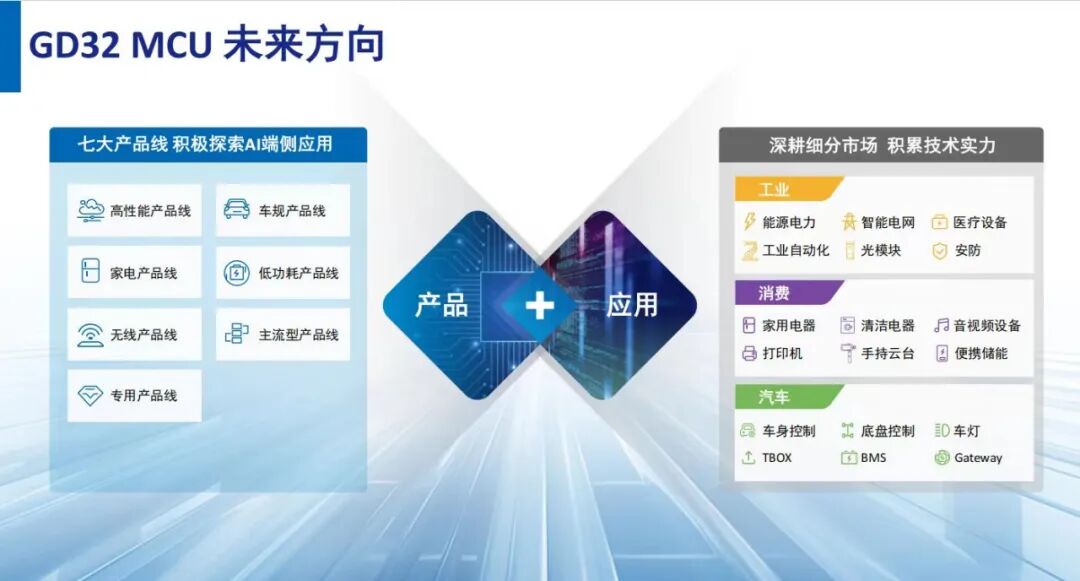
In the era of AI, MCUs (Microcontrollers) and sensors play a crucial role in driving the home appliance industry to integrate AI technology. This special feature will focus on these two areas, exploring the changing demands of smart home appliances for MCUs and sensors in the AI era, and interviewing representative companies in these fields to capture the core technological trends of smart control in home appliances empowered by AI.

MCUs: The Brain and Support
In the process of introducing AI technology into the home appliance industry, MCUs play a core role.

“A smart home appliance requires a main control MCU, which acts as the brain, responsible for control, data processing, and communication functions, along with several modules that are responsible for sensing or transmitting information. These modules consist of MCUs, sensors, and other electronic components, some of which can detect air quality, monitor temperature and humidity, and determine human presence. In this context, the MCU acts as an assistant to the sensors. The more features a smart home appliance has and the higher its level of intelligence, the more modules are required, and consequently, the more MCUs are needed. At the same time, the main control MCU must upgrade its capabilities to handle more information.” Pan Jianzhou, Deputy General Manager of MCU Business at Holtek Semiconductor, mentioned during an interview with “Electrical Appliances” about the changing demand for MCUs in smart home appliances empowered by AI technology.
One thing is very certain: in the AI era, the demand for MCUs in smart home appliances will increase.
According to data from the Industrial Online, the demand for MCUs in white goods is expected to reach 1.06 billion units in 2024, a year-on-year increase of 12.7%. Specifically, in 2024, the demand for MCUs in household air conditioners, refrigerators, and washing machines is expected to grow by 14.7%, 11.8%, and 9.4% respectively.
In addition to the increasing demand, with the introduction of AI technology, smart home appliances require stronger computing power, lower power consumption, and higher levels of intelligence. MCUs will take on more tasks related to executing AI algorithms, such as voice recognition, image processing, and sensor data fusion, thereby achieving the intelligence, connectivity, and personalization of home appliances. Chen Siwei, Product Marketing Director of the MCU Division at GigaDevice, believes that the demand for MCUs in the home appliance industry presents three major changes under AI scenarios. “First, there is a demand for high performance. Traditional MCUs are mainly aimed at control tasks and have limited computing power. To meet AI demands, the next generation of MCUs will integrate more powerful CPU, DSP, and NPU computing units and adopt more advanced process technologies to enhance computing power to support complex AI algorithms. Second, there is a demand for low power consumption. Home appliances are sensitive to power consumption, and the introduction of AI algorithms places higher demands on MCU power control. In the future, MCUs will adopt more refined power management strategies, low-power design technologies, and new types of memory to improve performance while reducing power consumption. Third, there is a demand for high integration and security performance. More functions will be integrated into a single chip to reduce peripheral circuits and costs, while as home appliances become interconnected, network security threats are increasingly prominent. MCUs need to integrate hardware encryption modules, secure boot, secure storage, and other functions to ensure data and system security.” Chen Siwei elaborated.

Moreover, the rapid development of the Internet of Things (IoT) has significantly increased the demand for wireless connectivity features in home appliances. MCUs need to integrate or be compatible with communication protocols such as Wi-Fi and Bluetooth to achieve interconnectivity between devices. For example, GigaDevice’s GD32VW553 series dual-mode wireless MCUs and modules support Wi-Fi 6 and Bluetooth LE 5.2 wireless connection protocols, with a maximum frequency of 160MHz, and storage capacity supporting 4MB Flash and 320kB SRAM, which can well meet the needs of smart home appliances.

Sensors: Accurately Perceiving User Status Data
Every smart home appliance contains many sensors that collect vast amounts of data in real-time, becoming the sensory extensions of smart appliances. Empowered by AI technology, smart home appliances are gradually gaining the ability to autonomously perceive, learn, and interact, not only executing simple tasks but also becoming intelligent assistants for people. Supporting the integration of smart home appliances with AI technology, from smart individual products to smart scenarios, and to whole-home intelligence, the number and variety of sensors required will continue to increase.
For example, a smart refrigerator with excellent preservation capabilities typically requires temperature/humidity sensors, VOC sensors, carbon dioxide sensors, and sensors to determine food spoilage. A cleaning appliance will have dust detection sensors, VOC sensors, temperature/humidity sensors, etc. A smart air conditioner, if equipped with air purification and fresh air functions, will require built-in temperature/humidity sensors, carbon dioxide sensors, PM2.5 sensors, formaldehyde sensors, human presence sensors, and refrigerant leak sensors. A range hood and stove set will typically use CO monitoring sensors, temperature sensors, gas leak sensors, and air quality sensors.
In the AI era, in addition to the increasing quantity and variety of sensors, the demand for sensors in smart home appliances will also change. These changes will be opportunities that sensor companies must seize to expand their applications in the home appliance market. Wei Sheng Technology’s Deputy General Manager, Sun Jiangtao, believes that the demand for sensors in smart home appliances mainly presents three aspects of change.
First, environmental perception is shifting from passive response to proactive prediction. On one hand, the demand for high-precision environmental perception (such as higher resolution cameras and multi-sensor fusion) will become strong. Based on 3D vision sensors (such as ToF and structured light) and SLAM technology, consumer electronics can achieve millimeter-level environmental modeling. For example, a robotic vacuum cleaner can construct a dynamic map through multi-sensor fusion (LiDAR + visual camera), improving real-time obstacle avoidance efficiency by over 90%. In the future, smart homes may perceive user gestures through wall projection interactive interfaces, achieving “screenless” operation. On the other hand, user behaviors and habits are changing. Automotive intelligent perception systems have achieved collaboration among cameras, millimeter-wave radar, and LiDAR, and in the future, consumer-grade products will expand to sensing dimensions such as temperature and humidity, gas composition (such as formaldehyde detection), and electromagnetic fields. For example, smart air conditioners can dynamically adjust air delivery modes by combining human thermal imaging and air quality data.
Second, user behavior perception is shifting from data collection to intent prediction, and non-contact interactive perception technologies will become prevalent. For example, microwave radar technology (such as 60GHz frequency band) can penetrate clothing to perceive human micro-movements, applied in smart mattresses to monitor breathing rates, or bathroom mirrors that adjust water temperature through gesture control. Such technologies have been tested in elderly fall detection systems and will penetrate into consumer-grade products in the future.
Third, physiological state perception is shifting from single-point monitoring to full-dimensional health management, including non-invasive collection of biological signals and recognition of emotional and cognitive states. In terms of non-invasive collection of biological signals, flexible electronic skin and fiber optic sensors can be embedded in clothing to continuously monitor indicators such as muscle activity, sweat composition, and skin temperature. For example, smart sportswear can capture muscle exertion patterns through piezoelectric fibers, providing real-time feedback for training. In terms of emotional and cognitive state recognition, multi-modal physiological signals (heart rate variability + pupil changes + voice tone) combined with AI models can assess user emotional stress. In-vehicle DMS (Driver Monitoring System) has achieved fatigue detection and may expand to smart office devices in the future, dynamically adjusting lighting and reminder frequencies.
In summary, to meet the demands of introducing AI technology into home appliances, MCU and sensor companies must clarify the context and accurately grasp the needs of home appliance companies to effectively support them in successfully entering the AI arena.
Statement: All original articles from “Electrical Appliances Micro Newsletter” require authorization for reprinting.
